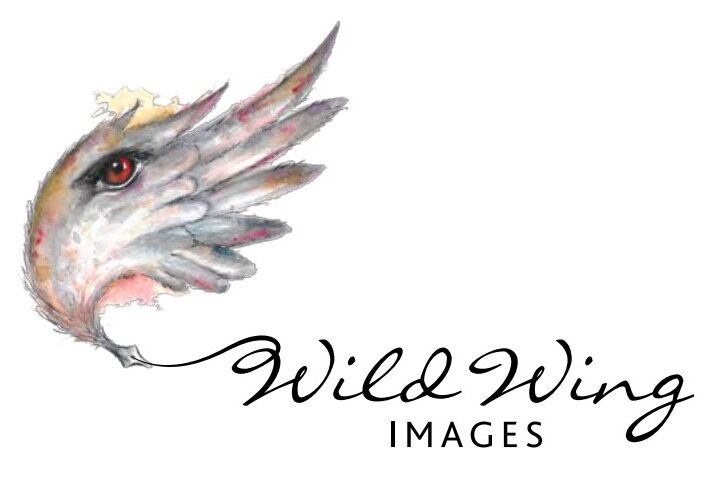About a month ago I visited Booragoon Lake and came across a bird I had never seen before.......in all my visits to local lakes I had not seen one......it was a White Necked Heron and it captured my attention instantly.
When I first spotted him he was a long way off so my shots were not that great..........but I was inspired and started visiting Booragoon Lake at every opportunity to see if he was there.
White Necked Heron are larger than the usual White Faced Heron that I am used to. They have beautiful subtle colouring in shades of grey and brown on their body and wings and a white neck which has beautiful black spots running down the middle. For some reason, I found he was difficult to photograph............his eyes were darker than other Heron and so to capture the detail the eye had to directly catch the light......also the contrast in shade between the white neck and wings and body made getting the exposure right difficult............
I persisted, motivated by my imagination of how beautiful an image of this bird in full flight and the right light could be. Mornings were spent at Booragoon Lake hiding in the reeds on the edge of the lake waiting for him to fly closer or in the bird hide on the boardwalk.
The weather was not helpful.......a lot of very dark overcast days and rain but patience paid off and I got some flying shots. I also captured rain in a photograph for the very first time......it was extremely light rain, but if you look carefully at the image below you can see the individual droplets.
Photography Tip - Focal Length for Takeoff Shots
The wingspan of these birds is amazing, they are huge!!
One thing I have learned when capturing takeoff shots is to back my zoom out to allow for the wing span and avoid cutting off the wing tips.......it is a tradeoff because in doing this you often have to crop out excess background and lose image size but you also greatly reduce the chances of completely ruining a shot by cutting off the wingtips. The more I photograph a particular species the better I get at judging how far to zoom out, but with this bird I completely underestimated it.
The wings were about a third bigger than I imagined and consequently for my first takeoff shots I was zoomed in to close and cut off the wings, losing what would otherwise have been good shots. I then found myself overcompensating by zooming out too far and producing images which had to be very heavily cropped and consequently were too small for enlarging and printing at a reasonable size. As with other species the more familiar I became with Heron's physical dimensions and flight behaviour the better I got at judging the ideal focal length and consequently my images improved. It is something I have become more aware of with time and now whenever I am photographing an unfamiliar species I find myself studying the physical dimensions with takeoff shots in mind.
One morning the Heron wasn't at Booragoon Lake so I drove to Blue Gum Lake about a kilometre away and found him wading in the water. The reflections were beautiful but I wasn't able to capture them because he was only there for a few seconds before he took off and landed in a big patch of thick Kikuyu grass.
I was able to sit in the grass and observe him from a distance. I could tell he was aware of my presence but if I sat still in the grass he just continued hunting and often come quite close to where I was.
Sometimes he couldn't seem to settle on a spot so would take off to fly a short distance and land, repeating this several times. As with most birds patience eventually pays off and I got some images I was happy with............Hopefully he hangs around for a while and I get a few more photo opportunities!!














